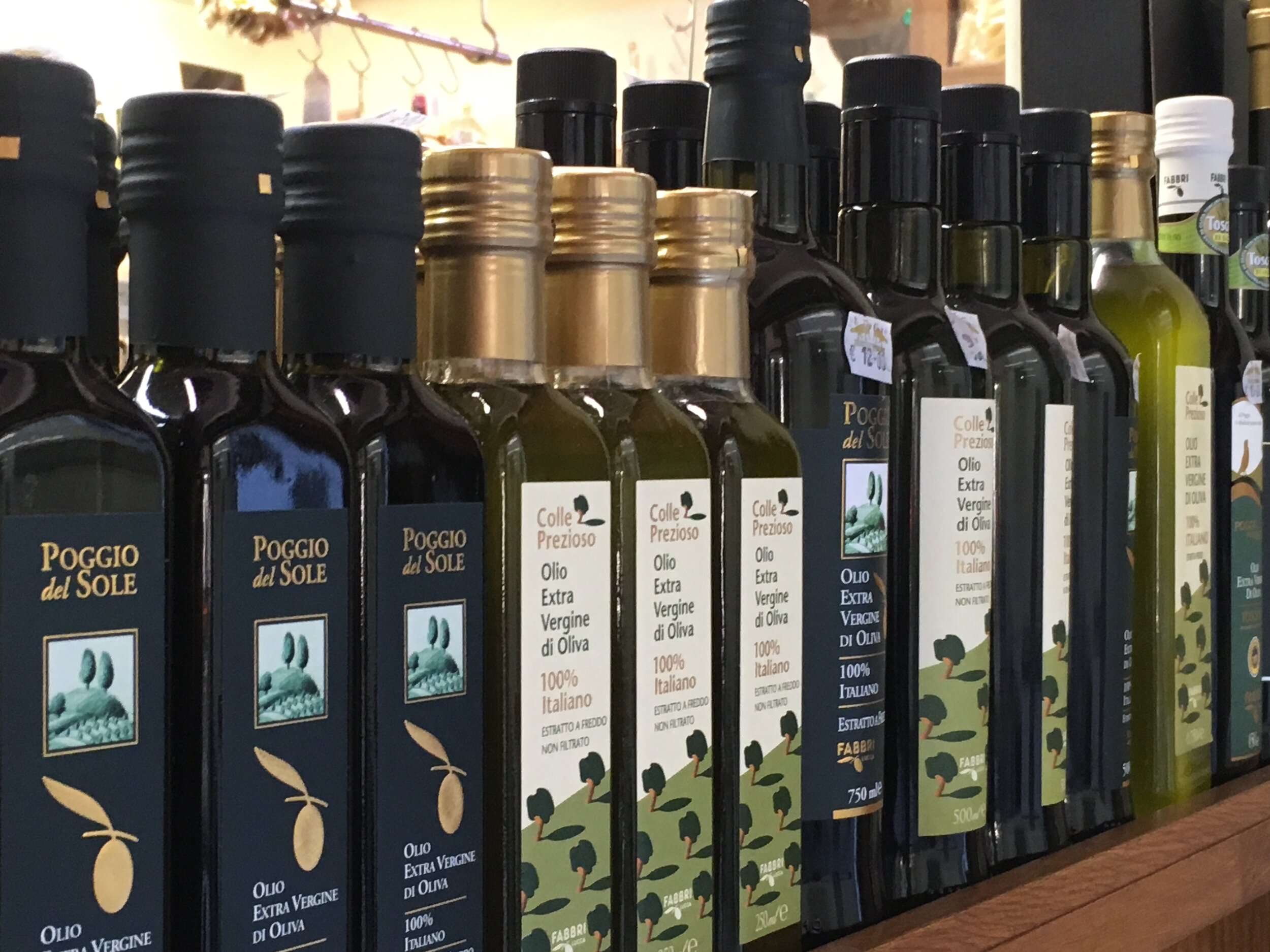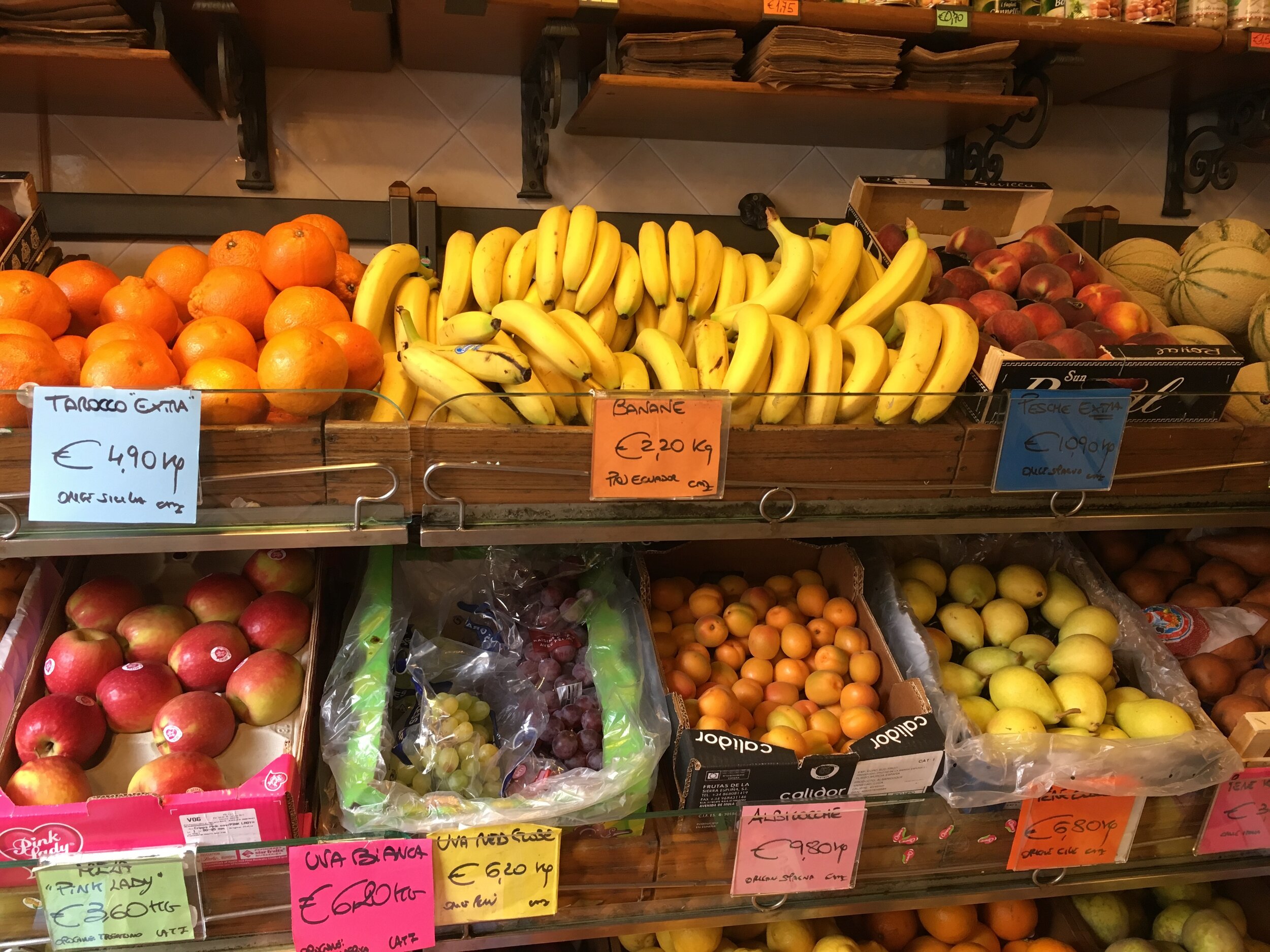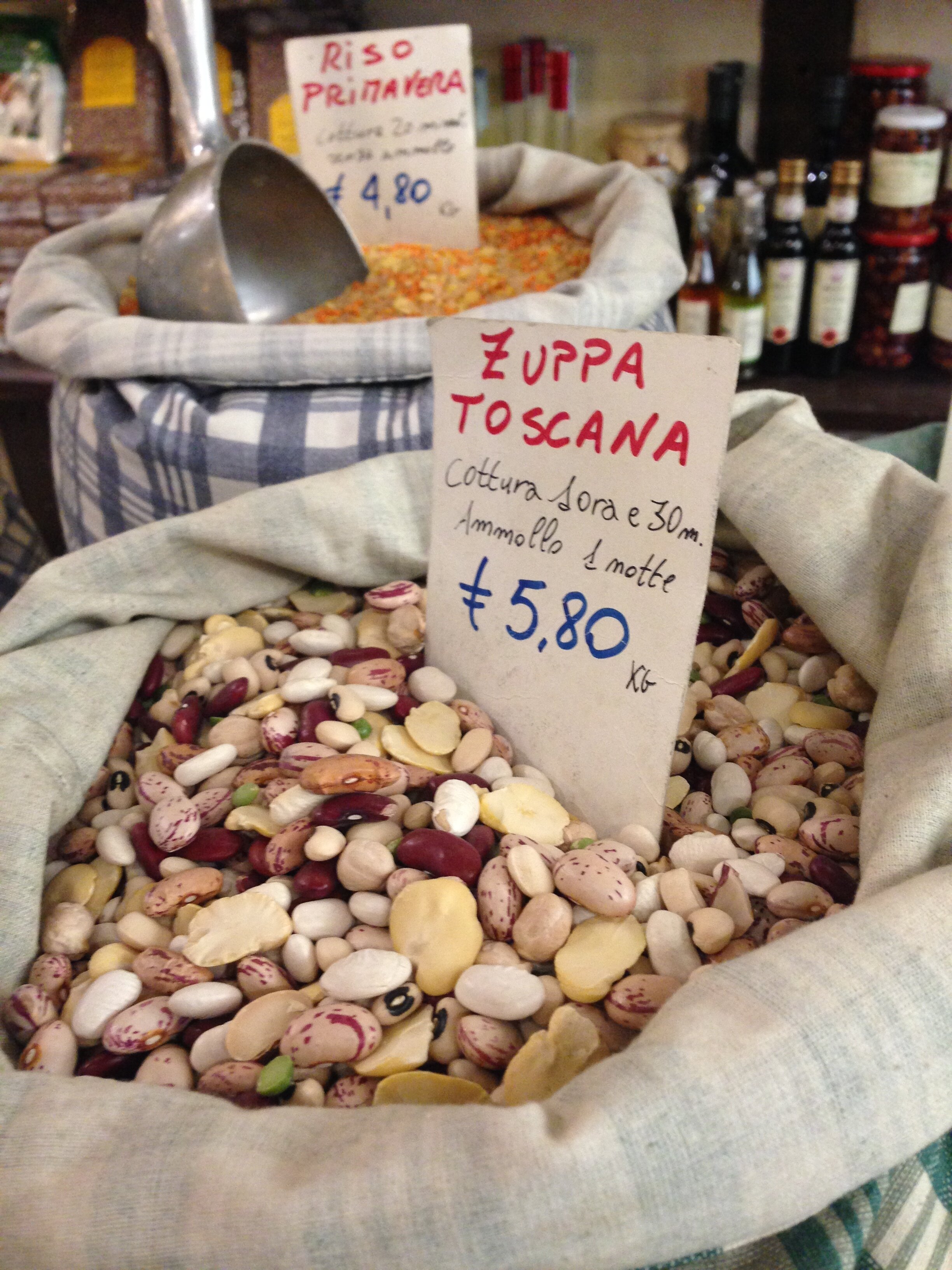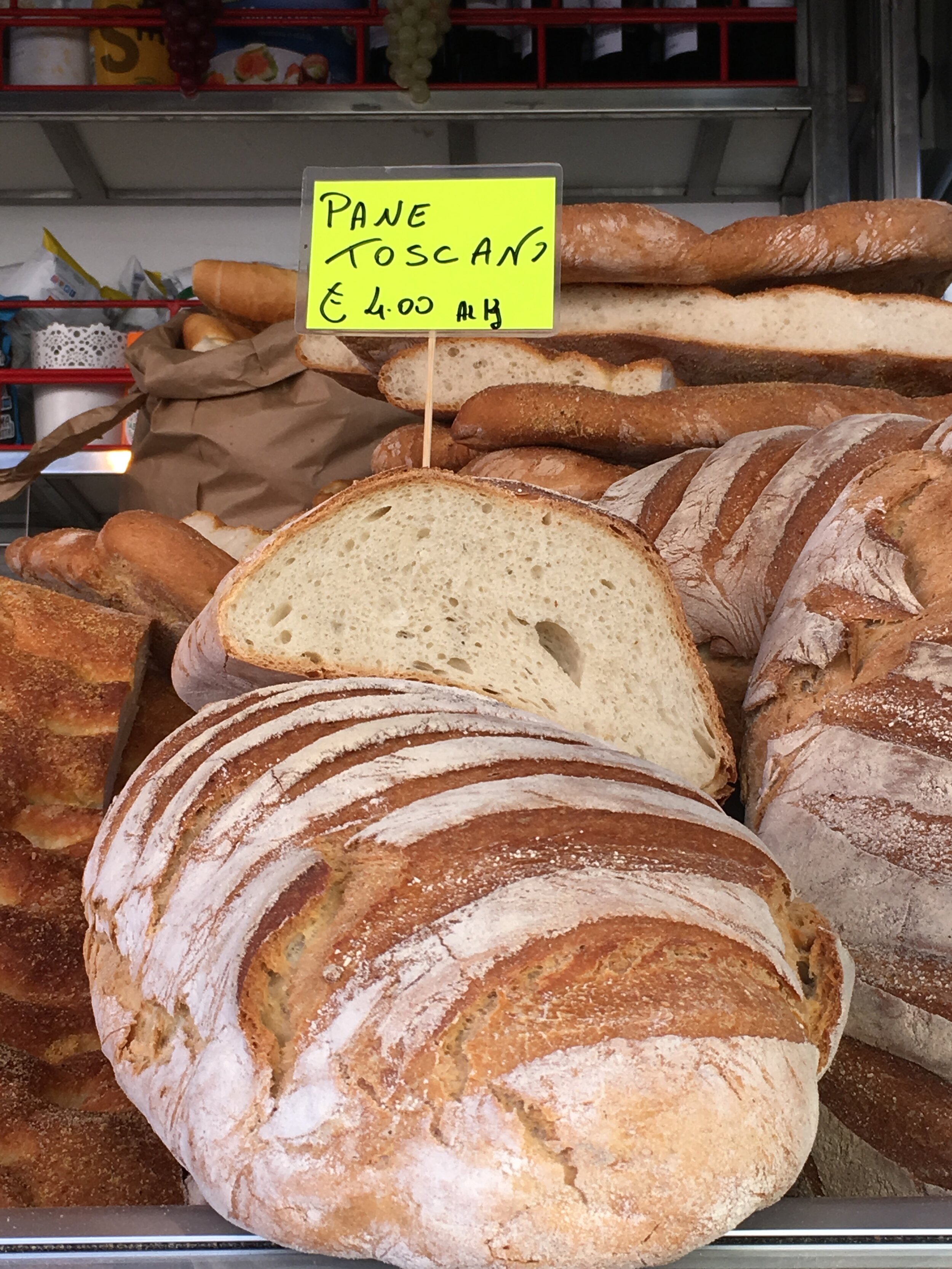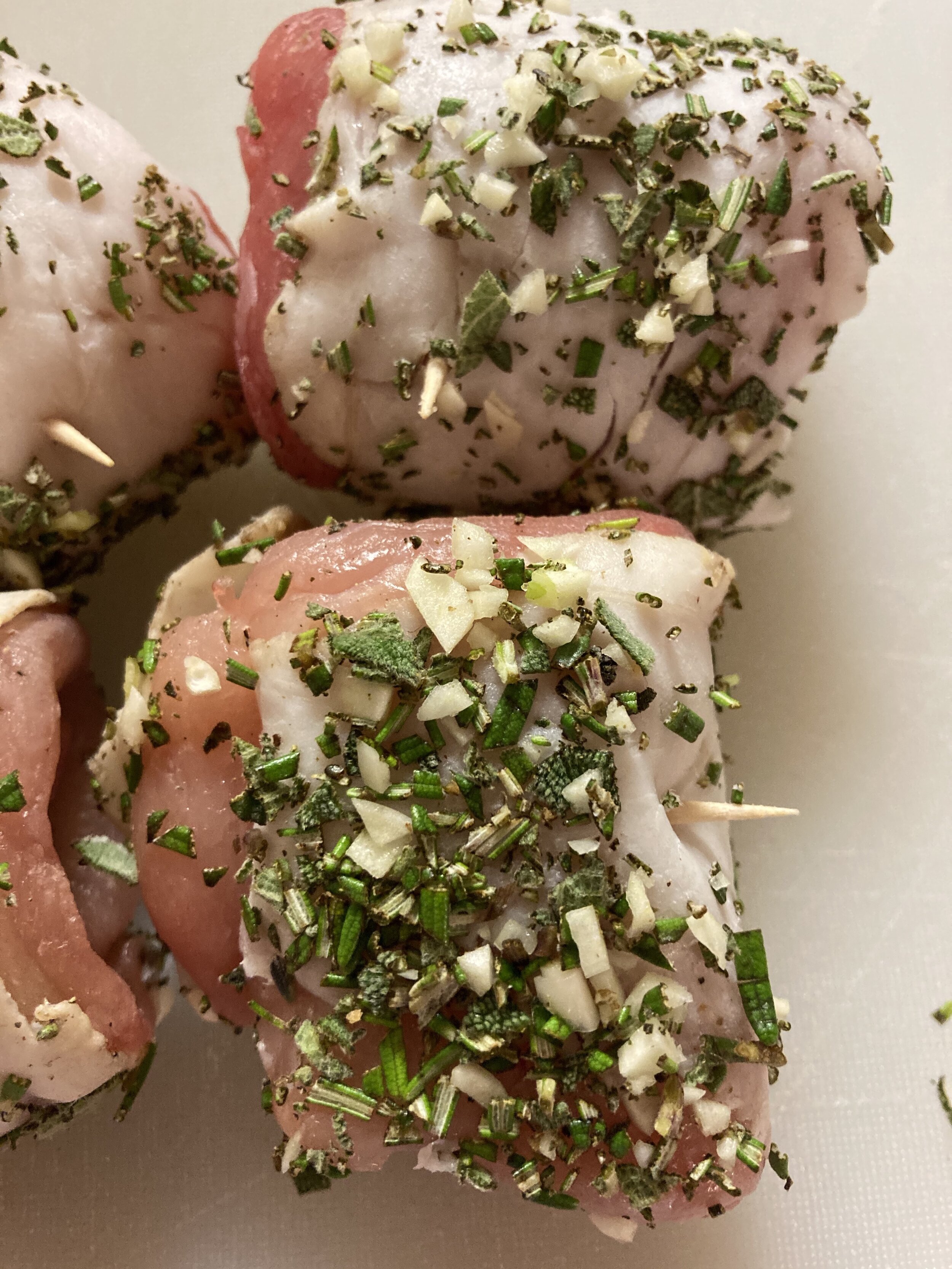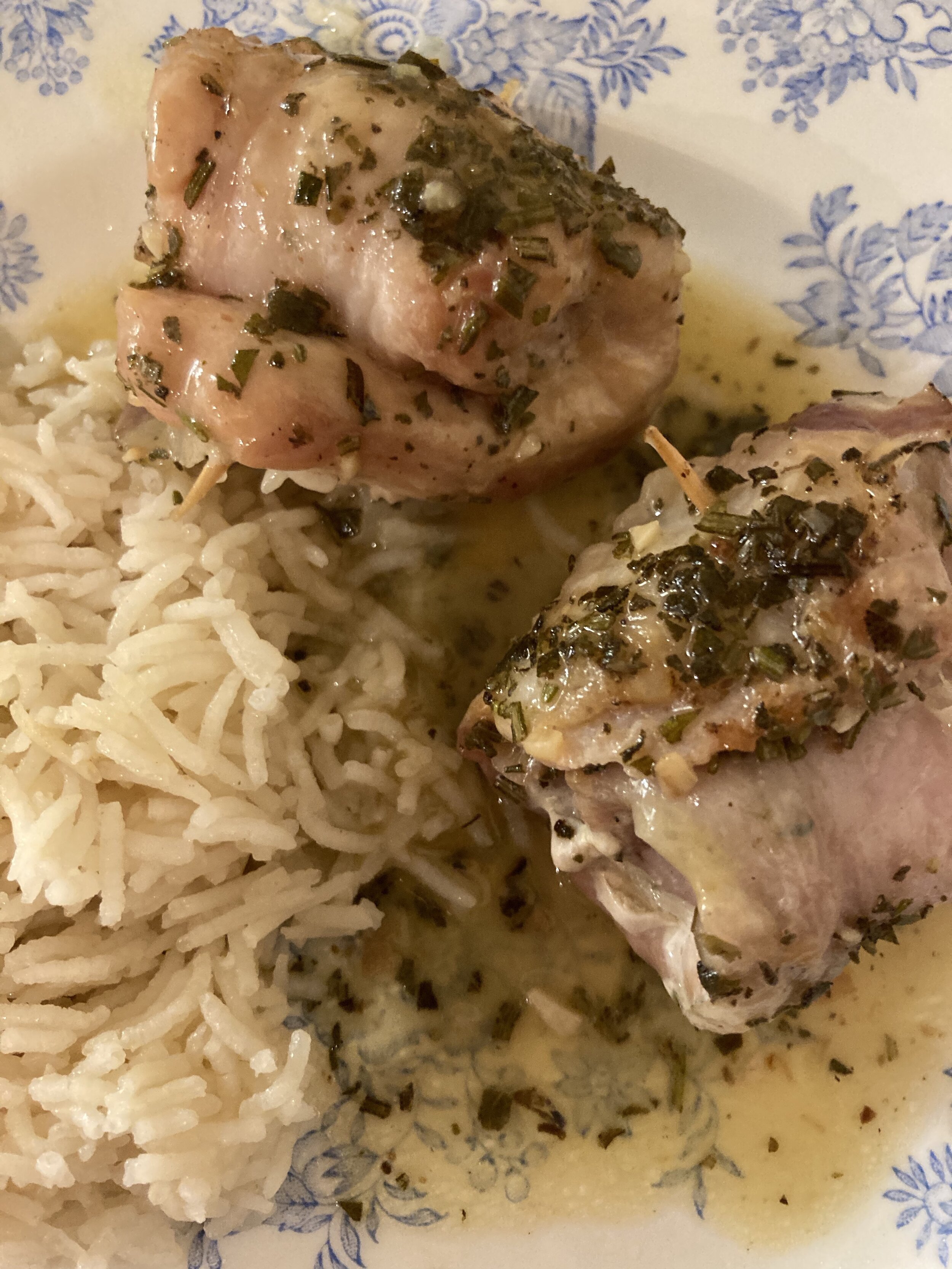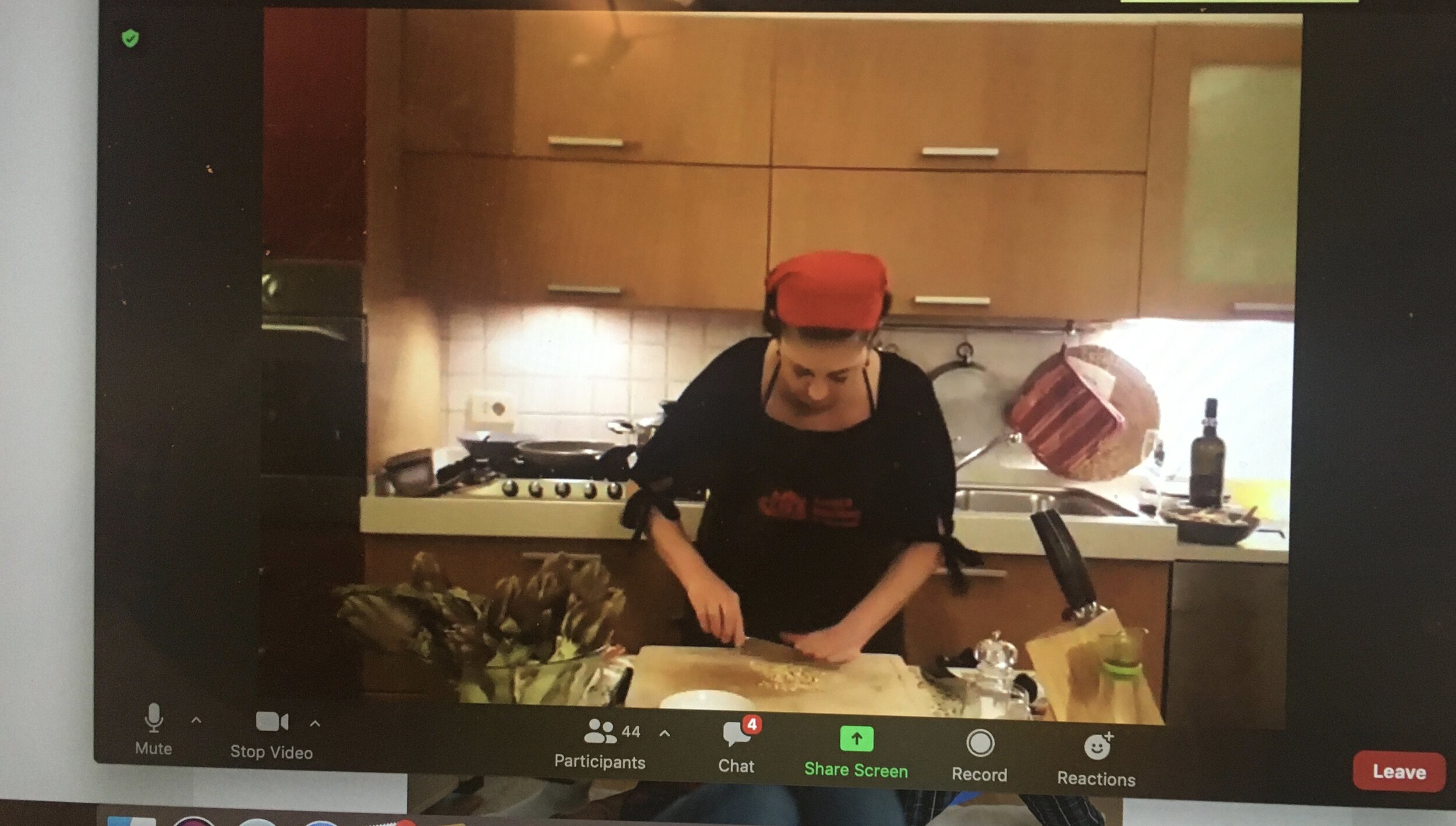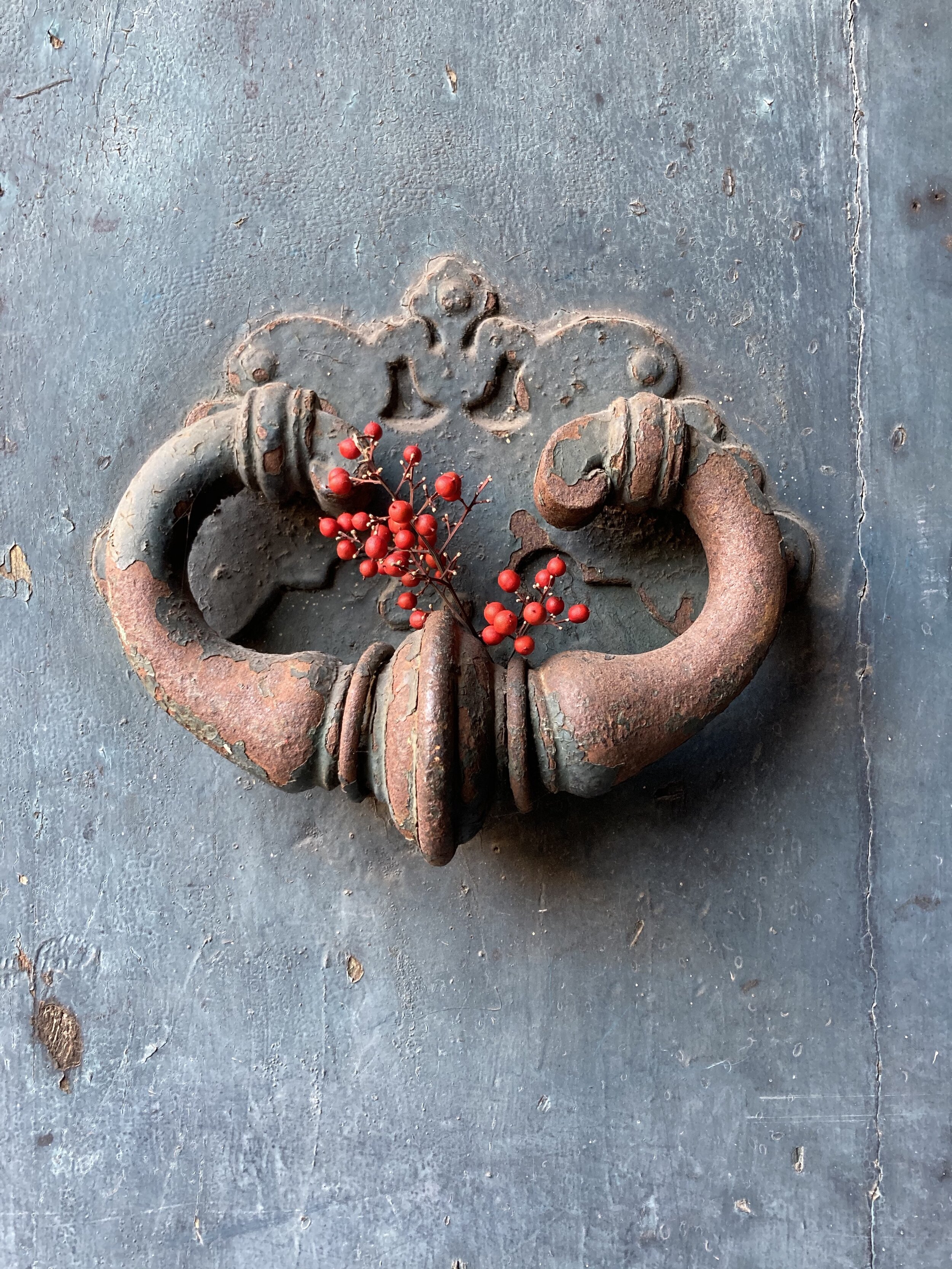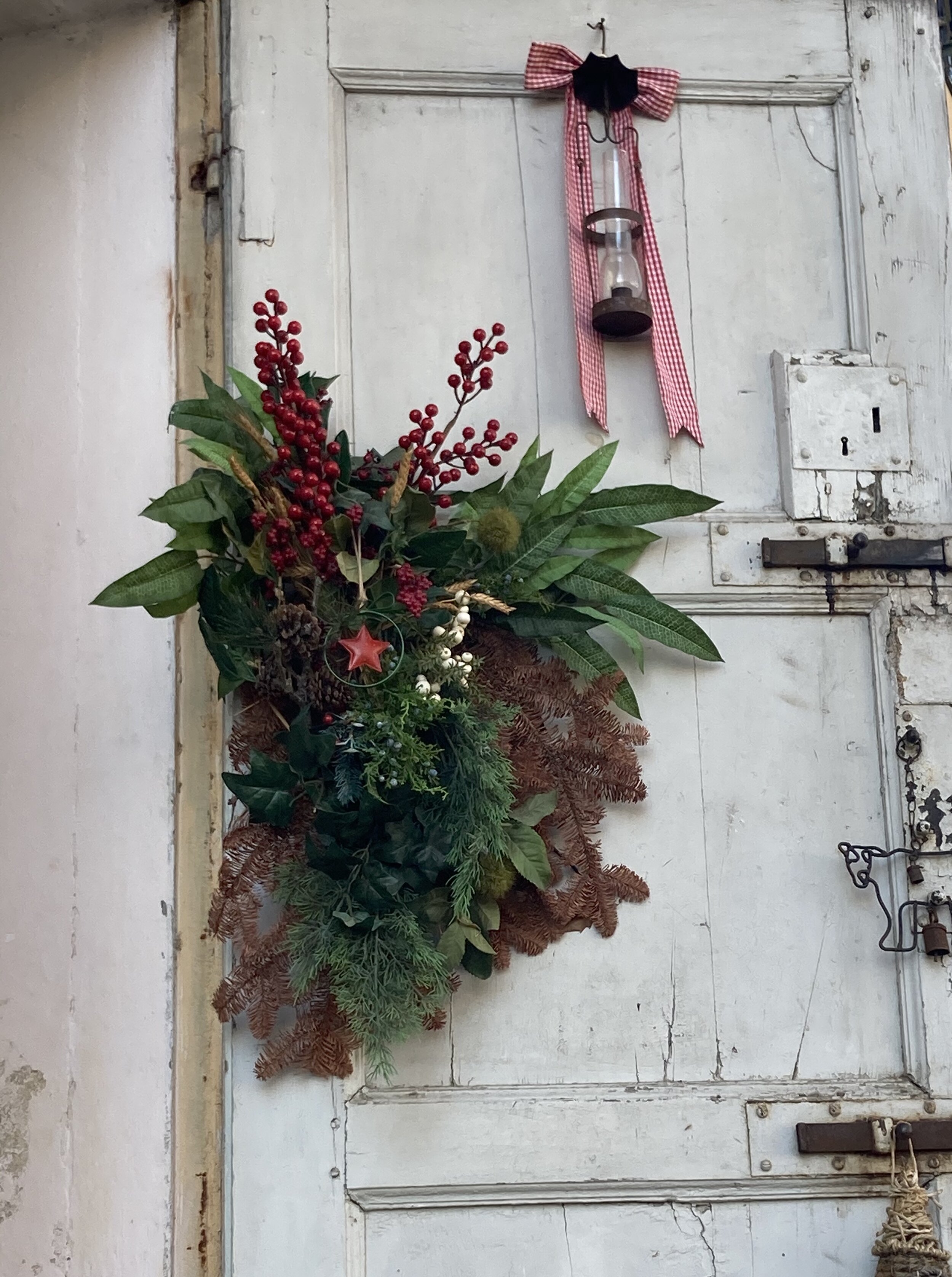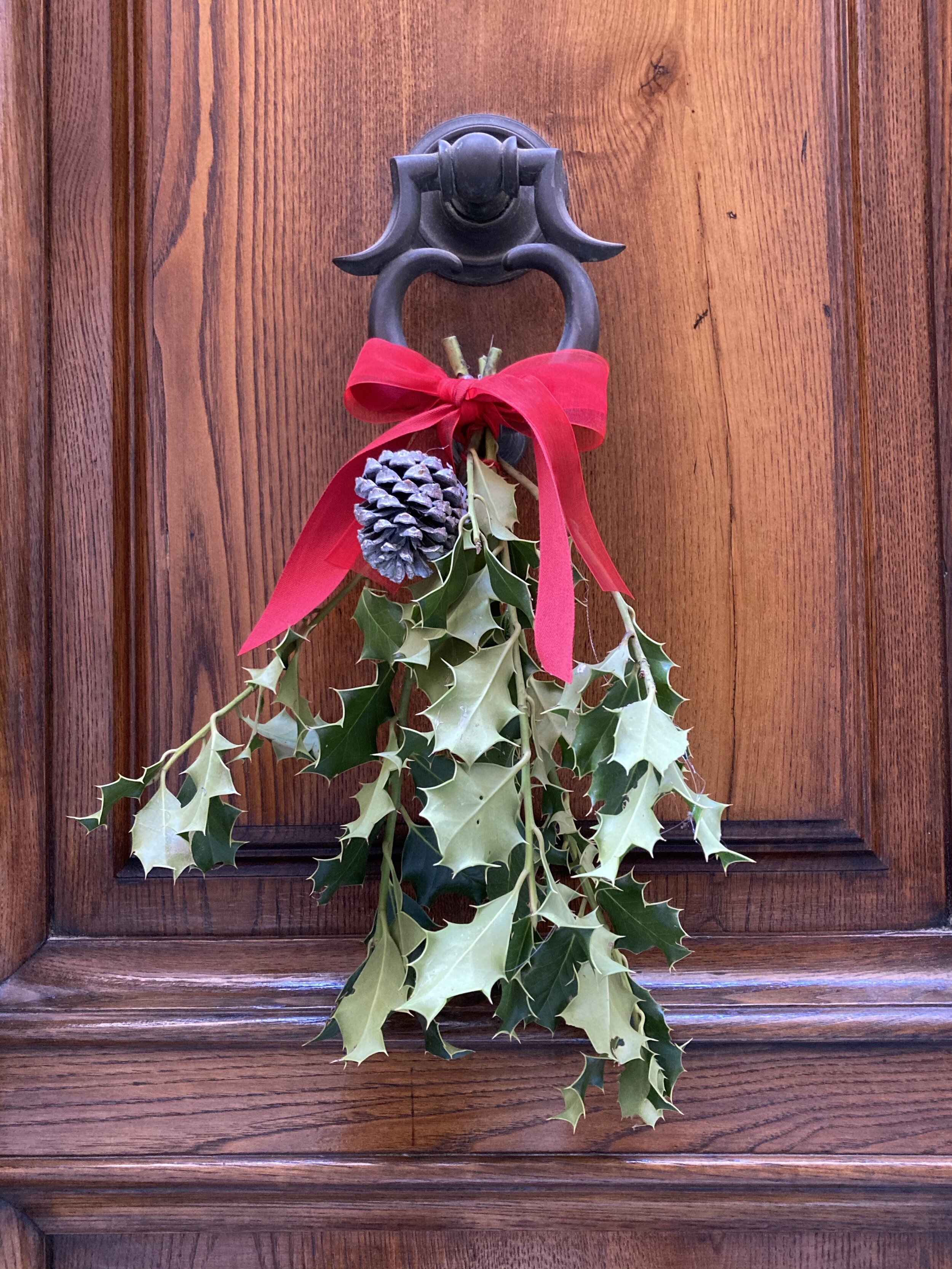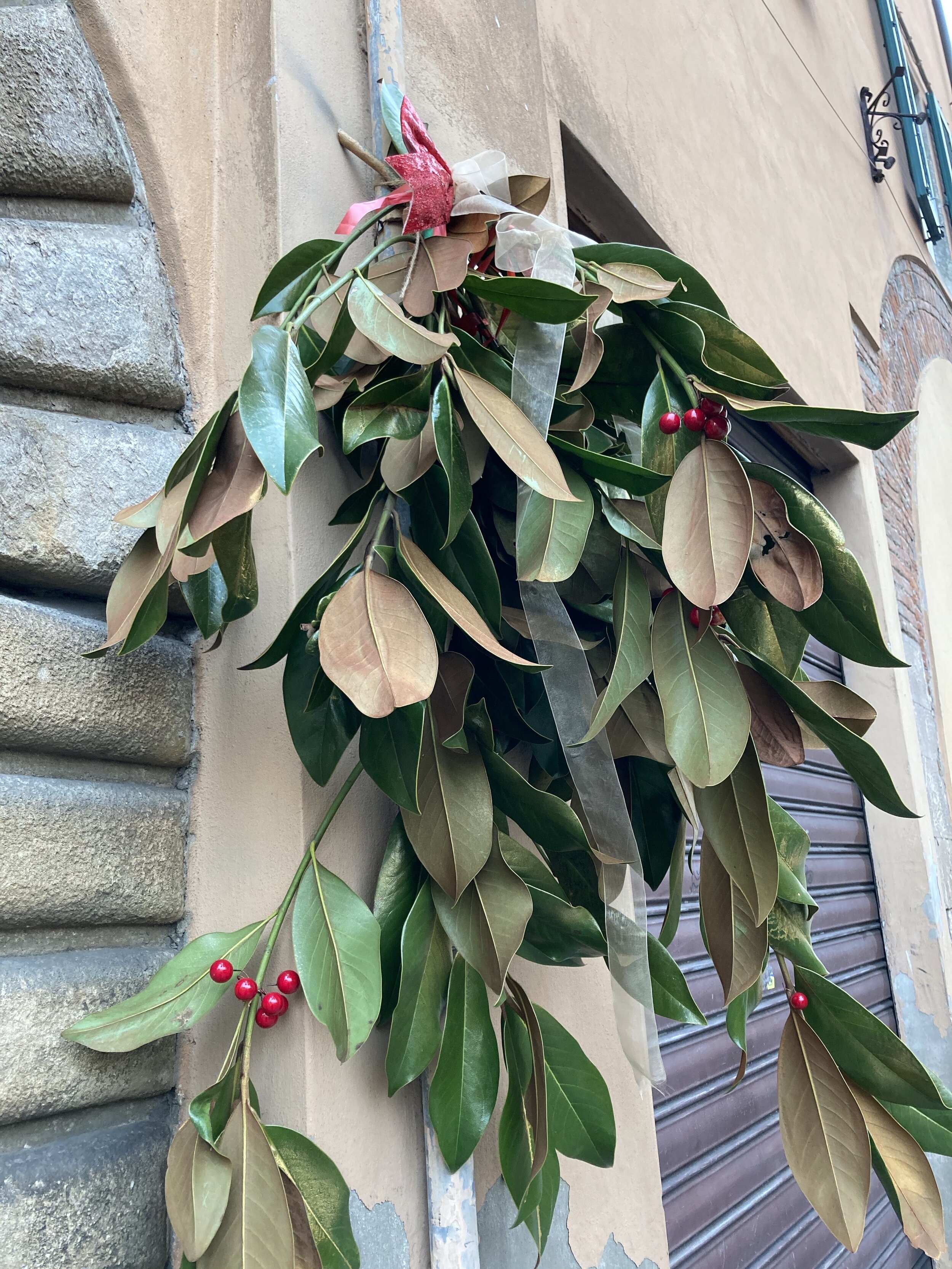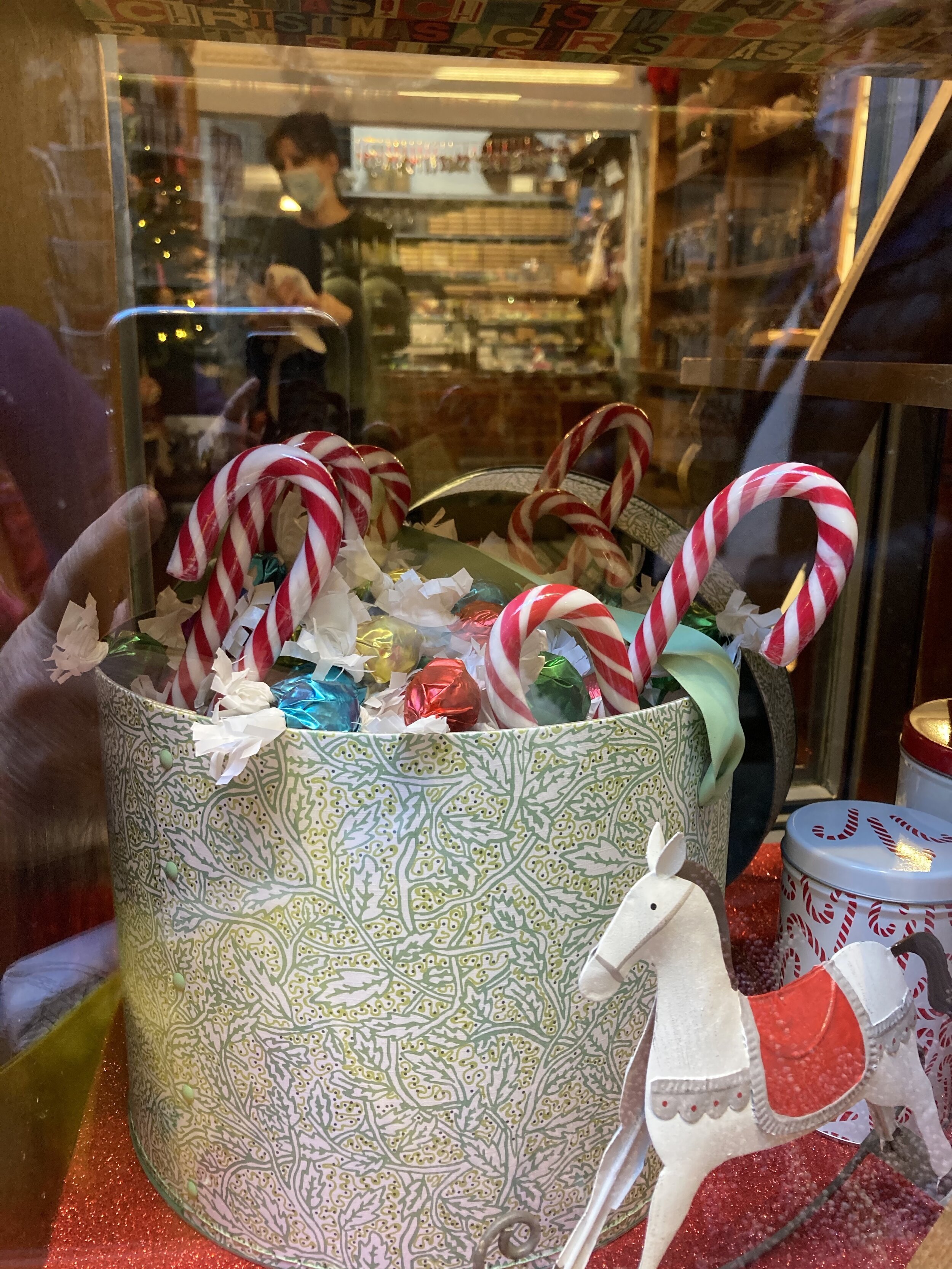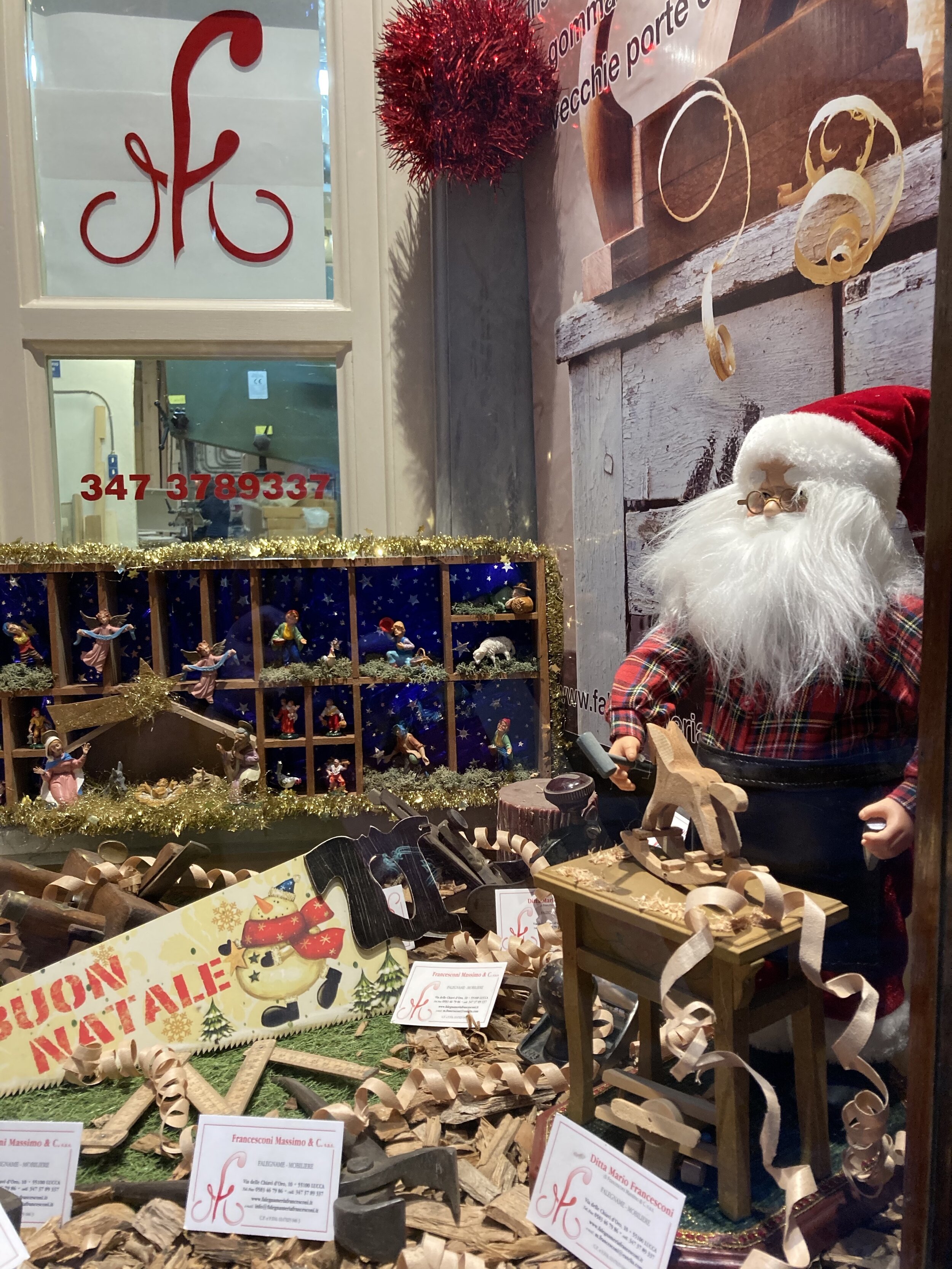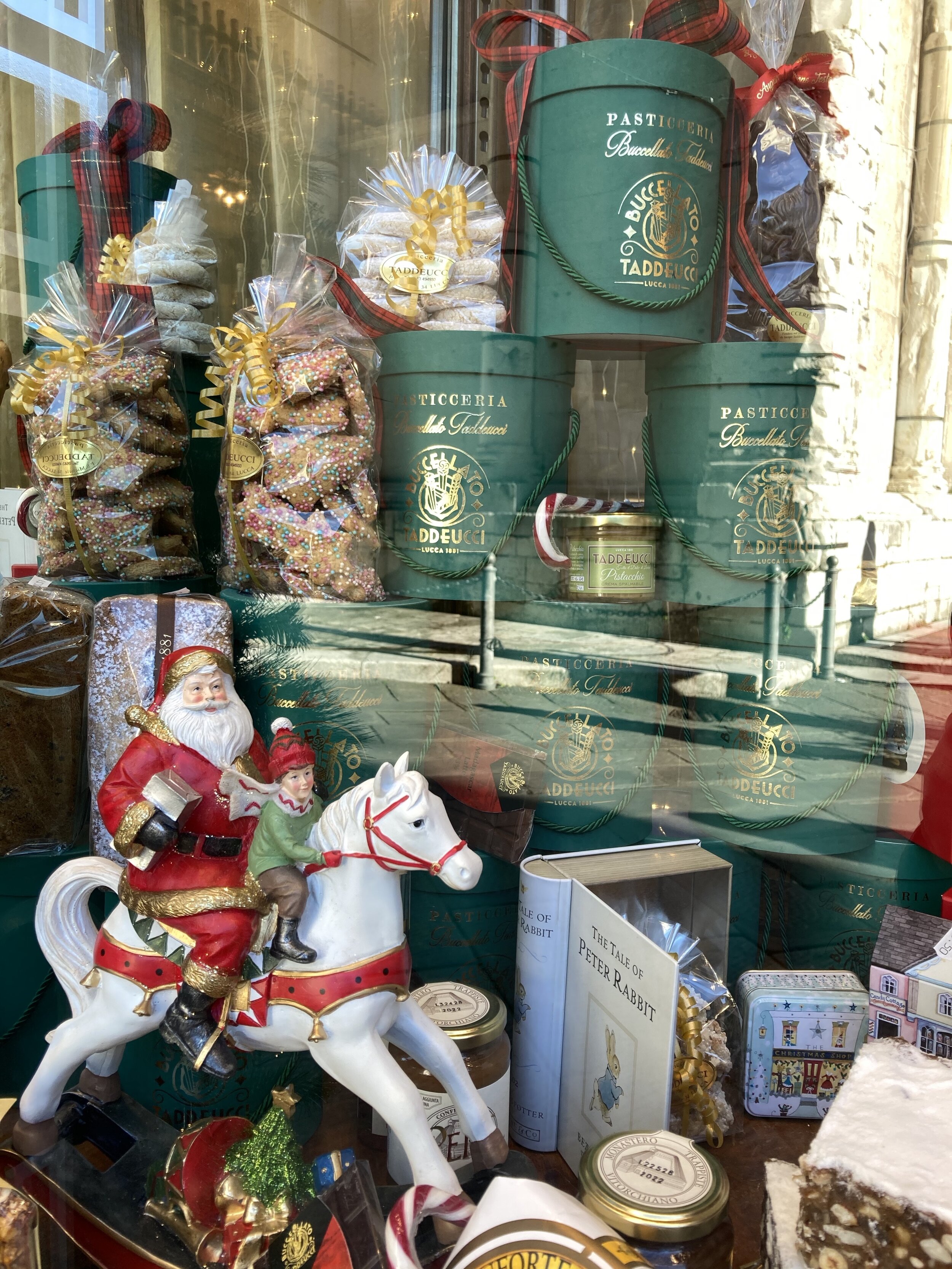La Polleria (The Poultry Shop)
Shopping for groceries (fare la spessa in Italian) is one of the great cultural experiences for stranieri (foreigners) living in Italy. Food, and the process of obtaining it, helps to define a culture. And the act of shopping itself provides a language lesson as it requires use of a specialized vocabulary - after all one wouldn’t want to request uva (grapes) when needing uova (eggs) or pesche (peaches) instead of pesce (fish). I look forward to grocery shopping in Lucca with an enthusiasm that I lack when in the United States.
While there are some big grocery stores here (true supermarkets), they are outside of the historic center of the town where I live. I do use one of the small grocery stores inside Lucca’s walls for essentials - pasta, rice, coffee, sugar, etc. But for other items it remains common in Lucca to visit a number of small specialty shops, something I love to do. Two years of living here has made me a bit fussy about foods. I prefer milk from the region of the Maremma, available at a nearby latteria (dairy store). It just tastes better than what I can buy at the grocery store, plus that same latteria sells the nicest cheeses and lovely little slices of frittata and vegetable tartlets. I buy only local olive oil, freshly pressed each fall. I have a couple of favorite meat markets, delis, and vegetable markets. As for bread - well it seems everyone has their favorite panificio (bread bakery). I will gladly walk across town for the best focaccia.
One of my favorite shopping experiences is to venture to the local polleria (poultry shop) where they specialize in the freshest, tastiest chicken. In Lucca that’s the Polleria Volpe on Via San Paolino. In addition to wonderful chicken they also have a variety of other meats and shelves full of pasta, beans, olive oils, and other staples.
Just some of the ready-to-cook meats available at Polleria Volpe
The yellowish color is typical of chicken found in Italy (apologies to my vegetarian friends, but these birds are tasty!)
As someone who was used to purchasing chicken on a white styrofoam tray wrapped in plastic, my first visit to Polleria Volpe was an eye-opener. I did not see what I wanted in the display case, so I asked if they had chicken thighs of the bone-in and skin-on variety. They did, but would need to cut them for me. The macellaio (butcher) then proceeded to remove a large chicken from a huge box full of chickens. Next, out came a big cleaver which she used to expertly removed the thigh / leg quarters from the chickens. Then she separated the thighs from the lower legs with a slightly smaller knife. They way she did it made it look more like an art form, or an ancient weaponry display, then butchering. Along the way she taught me the difference between cosce (which my dictionary said was a thigh but actually means the thigh / leg combination) and anca (hip - meaning just the upper thigh).
As if that weren’t enough, she then asked me “bruciate?”. HUH? Burned? Why would I want my chicken thighs burned? As it turned out, she was asking if I wanted her to singe the bits of remaining feathers, something no American butcher has ever asked me. That process leaves little brown singe marks on the skin and I swear it adds to the flavor once those thighs are roasted. That first visit to the polleria was a valuable cultural, language, and culinary, experience!
Who knew a butcher shop could be this colorful and interesting ?
Over time, I’ve come to know the butchers at Volpe and depend on their recommendations. They were most helpful in picking out a large roasting chicken to do stand-in for a Thanksgiving turkey last year. I was only a bit surprised when the chicken they pulled out for me had both its head and two very, very long legs. Thankfully the butcher removed both before wrapping it up in paper for me to take home. The bird also came with their best wishes for a Happy Thanksgiving, which they called the “American holiday”.
A while back I saw small involtini (little rolled pieces of meat) in their display case. At first I thought they were chicken but they were actually strips of rabbit (coniglio) laid on top of thin strips of lardo (pork fat), rolled up and secured with a toothpick. I was intrigued, but since I had never cooked rabbit I asked the butcher how to prepare it - in the forno (oven) or in a padella (frying pan)? Her recommendation: frying pan with a bit of olive oil and some white wine. I followed those instructions, but first I rolled them in finely chopped herbs (sage and rosemary) along with salt & some garlic. Then I seared them, added the white wine, squeezed in a bit of lemon juice, and let them cook for about 30 minutes. I finished the sauce with a little knob of butter and served the finished involtini over rice. The flavor was heavenly!
Pre-packed chicken wrapped in plastic just can’t compete, either for flavor or for the sheer delight of shopping at the polleria. And trying new dishes, like the rabbit involtini, adds to the fun! I wonder what I’ll find on my next visit ?

